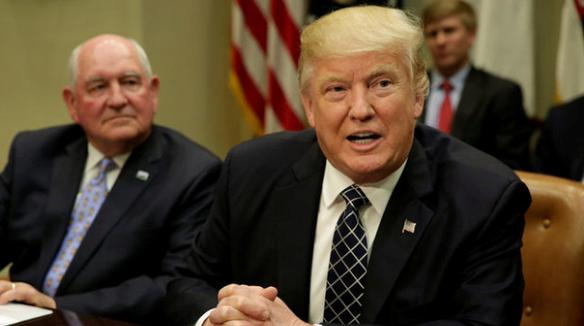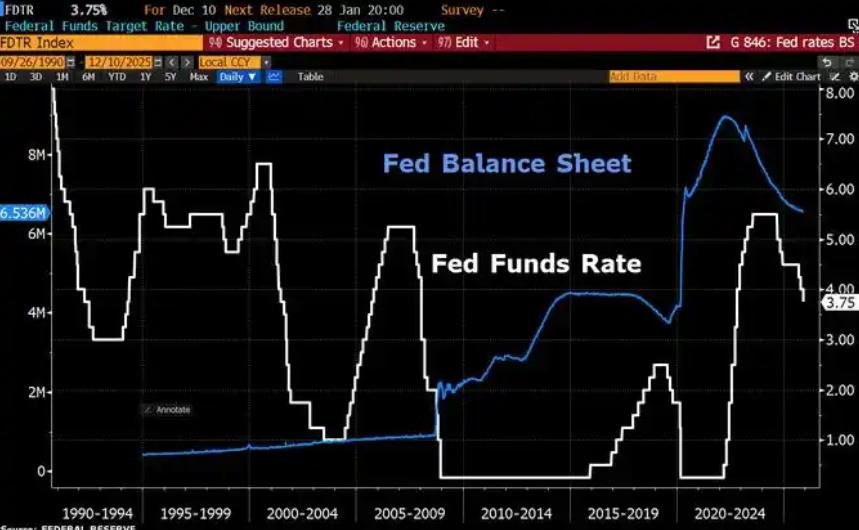
On the local time of September 29, U.S. President Trump once again unveiled a heavyweight tariff plan on social media: imposing a 100% tariff on all films produced outside the United States, while levying high tariffs on countries whose furniture is "not manufactured in the United States". This tough measure, interpreted as an attempt to "save domestic industries", is actually seriously contrary to the globalized development logic of the film and furniture industries, and its policy effects and potential risks have triggered widespread disputes in the business community.
Trump's tariff threats are not the first of their kind. As early as May this year, he claimed that the U.S. film industry was "declining" and authorized the launch of procedures for levying tariffs on foreign-produced films. The upgraded policy framework this time is more specific: in the film sector, it directly targets the core link of "overseas production"; in the furniture sector, some detailed rules were released in advance on September 25 - a 50% tariff on imported cabinets and a 30% tariff on upholstered furniture will be imposed starting from October 1.
The policy rhetoric continues the narrative logic that "industries are being stolen": Trump attributes the decline of California's film and television industry to the "incompetence of the governor" and the predicament of North Carolina's furniture industry to overseas competition, attempting to build a protective shield for "Made in America" with tariff barriers. However, this simplification of complex industrial issues as "external plunder" obviously evades the structural contradictions within the industries themselves. From a business analysis perspective, it is even more difficult to cover up the disconnect between the policy and industrial reality.
The current development status of the film and furniture industries has long determined that the tariff policy will be difficult to work. The success of Hollywood is essentially a product of global collaboration: Avatar completed its post-production in New Zealand, and the Fast & Furious series was filmed in more than a dozen countries. This global layout not only takes advantage of overseas tax incentives but also reduces production costs by 30% to 40%. Data from the Motion Picture Association of America shows that the film and television industry is one of the few U.S. cultural industries that maintains a trade surplus. In 2024, overseas box office contributed more than 60% of the total revenue, and almost all these "money-making blockbusters" rely on transnational production chains.
The gap in domestic production capacity in the furniture industry is even more prominent. The number of employees in the U.S. furniture manufacturing industry has been halved to 340,000 since 2000. Among the $25.5 billion in imports in 2024, 60% came from China and Vietnam. Gary Friedman, CEO of high-end home furnishing company RH, bluntly stated that expanding domestic production requires years of facility construction and labor training, and most enterprises cannot afford the costs. This situation of "relying on imports but lacking alternative capabilities" means that tariffs will eventually be passed on to consumers in the form of higher costs - in August, U.S. furniture prices had risen by 4.7% year-on-year.
If the policy is implemented, the two industries will be the first to bear the brunt of the impact. For Hollywood, a 100% tariff means that the cost of foreign-produced films entering the U.S. market will double. Taking the Mission: Impossible series, which has an investment of $200 million, as an example, if overseas location shooting and production links are retained, the tariff cost alone will eat up all profit margins; if production is moved back to the U.S., the sharp increase in costs may lead to project suspension or a more than 50% rise in ticket prices. What is more serious is the creative gap - successful IPs such as Kung Fu Panda rely on the collaboration of teams from 14 countries around the world, and tariff barriers will cut off the source of creative integration of diverse cultures.
The chain reaction in the furniture industry has already begun to emerge. After the tariff news was announced, the stock prices of import-dependent retail enterprises such as Williams-Sonoma fell sharply. Home builders warned that renovation costs would rise by 15% to 20%, which will not only squeeze the profit margins of retail enterprises but also may slow down the recovery pace of the U.S. real estate market. Moreover, the so-called goal of "saving domestic industries" is even more difficult to achieve: the domestic furniture production capacity in the U.S. can only meet 30% of the market demand. Even if tariffs force a reduction in imports, the supply gap cannot be filled in the short term, and it may even trigger shortage-driven price increases.
Reflecting on the logic of commercial policies, the Trump administration's attempt to solve industrial problems with "tariff walls" is essentially a departure from the laws of the globalized economy. Steven Wolf Pereira, a film and television practitioner, made a pointed comment: "In a globalized system, it is too difficult to put the 'genie' back in the bottle." In fact, California has launched film and television tax incentives, and some states have also tried to subsidize the furniture industry, but the policy effects are far less attractive than the advantage of low overseas costs.
Real industrial revitalization requires precise commercial policy support: for the film and television industry, it is necessary to optimize domestic tax incentives and regulatory environments to reduce the comprehensive cost of domestic production, rather than blocking global collaboration; for the furniture industry, it is necessary to improve production efficiency through technological upgrading and cultivate domestic high-end manufacturing capabilities, rather than relying on tariff protection. As economists have pointed out, Trump's tariff policy seems to protect domestic industries, but in fact, it pushes U.S. enterprises into a dead end of "high costs and stagnant innovation", and ultimately harms U.S. consumers and the global competitiveness of the industries.
In today's world where global industrial chains are deeply integrated, tariff sticks will eventually be unable to prop up the sky of domestic industries. If this policy experiment, under the name of "protection", continues to advance, it may eventually end with market imbalance and industrial damage. Moreover, its impact on the stability of the U.S. business environment and confidence in global trade cooperation may take a longer time to repair.

Since 2022, the Fed has cumulatively reduced its balance sheet by $2.4 trillion through quantitative tightening (QT) policies, leading to a near depletion of liquidity in the financial system.
Since 2022, the Fed has cumulatively reduced its balance sh…
On December 11 local time, the White House once again spoke…
Fiji recently launched its first green finance classificati…
Recently, the European Commission fined Musk's X platform (…
At the end of 2025, the situation in the Caribbean suddenly…
The U.S. AI industry in 2025 is witnessing a feverish feast…